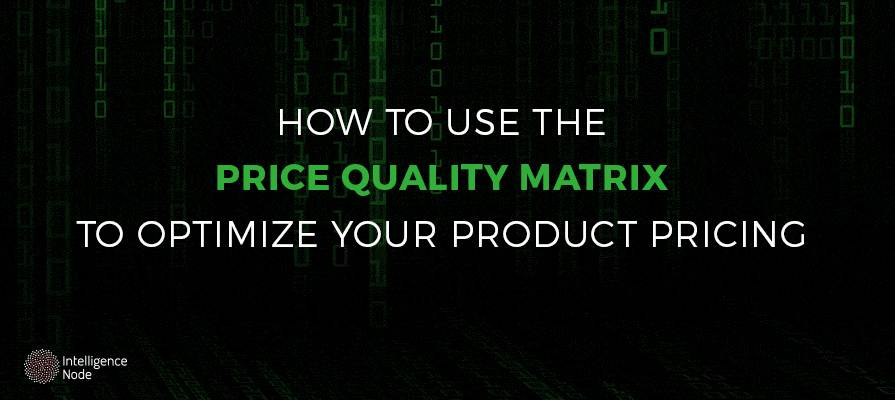
Agile product pricing strategies is one of the biggest questions retailers face for a reason. The relationship between an item’s price and its quality — and perceived value to consumers — is oftentimes the deciding factor in shaping whether or not purchase ever takes place.
In such an increasingly crowded marketplace, the concept of cash cow marketing has been called into question, leaving sellers in the eCommerce space and beyond to reevaluate how they approach their respective businesses. Fortunately, the Price Quality Matrix presents a simple way to leverage product value and address the pricing dilemma head-on.
Designed by Philip Kotler, the Price Quality Matrix centers on the cross-section between the two metrics that lend the model its name. By determining the position of your products or services relative to the competition, retailers can use the price and quality of each item to identify where they stand in the market. Of course, this knowledge can then be incorporated directly into your decision-making process when it comes time to devise a pricing strategy. Just think of it as another way to assess your relevance in today’s fast-paced and ever-changing business landscape.
How you price your products plays an integral role in how they’re perceived by consumers. So it’s important to ensure that the quality of your offer complements your price point accordingly. Based on Kotler’s nine-variable model, let’s take a closer look at the possibilities that result depending on how price and quality interact with each product or service.
In recent years, product pricing has become a bigger issue than ever before, thanks to the dynamic created by increased automation and the expansion of online retailers. However, by developing a better understanding of the connection between price and quality as described by Kotler’s model, you can use the psychological aspects of product pricing to create trust with customers that will ultimately reap long-term rewards. Simply asking yourself where each of your product offerings fits within the above categories can shape a clearer vision of where you fit within the marketplace and the possibilities for growth that lie ahead of you.
For more details about how you can optimize your pricing and foster the success and reach of your business, check out our eBook, “A Comprehensive Guide to Competitive Online Retail Pricing Strategies.”
This post was last modified on January 8, 2024 3:59 pm
The 2024 economic climate has heightened shopper price sensitivity. This shift has sparked a retail revolution with dynamic, data-informed pricing…
In the dynamic world of online retail, the concept of the "digital shelf" has emerged as a pivotal battleground for…
Delivering Unparalleled Digital Shelf Optimization Intelligence Node, a global leader in retail analytics, recently announced it is expanding its work…
In the digital age, where the battleground for consumer attention is fiercer than ever, "search" has emerged as the cornerstone…
In the 21st century, the profile of the digital shopper has evolved dramatically, mirroring the seismic shifts in the retail…
A new year has begun, signaling a time for re-evaluation and strategic planning in the retail sector. This period is…
This website uses cookies.